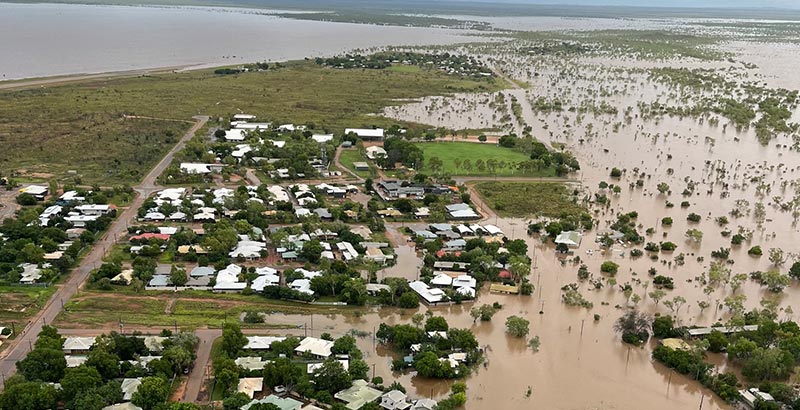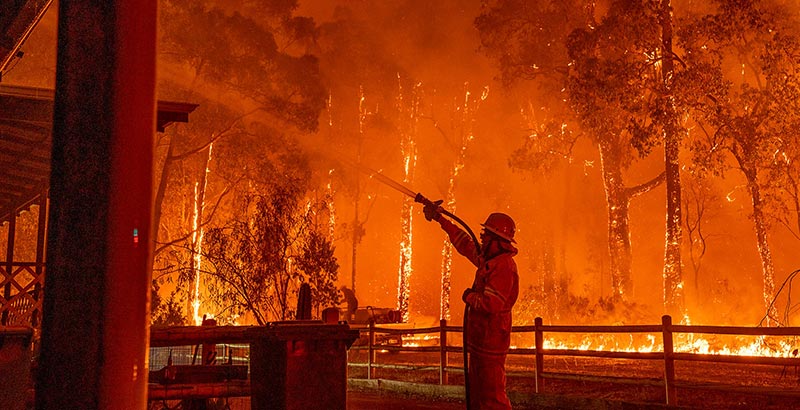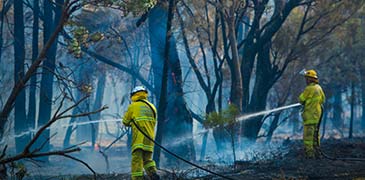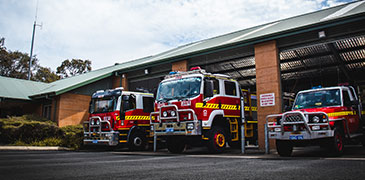DFES is coordinating a review of the Fire Brigades Act 1942, the Bush Fires Act 1954 and the Fire and Emergency Services Act of 1998.
State Cabinet has approved the consolidation of the three Acts. As a result, the existing Acts will be repealed and replaced with one comprehensive piece of legislation.
The first phase of the legislation change involves developing the Emergency Services Consultation Exposure Draft Bill (known as the EDB).
The proposed legislation aims to lay a strong and integrated foundation for effective emergency services management in the future. It will also improve community safety and provide better support for emergency services workers.
To determine the scope of the new legislation, DFES conducted extensive consultation with State agencies, local government, volunteers and industry during a legislation review that resulted in over 5,000 comments submitted. These submissions assisted in developing drafting instructions, which Cabinet subsequently approved.












